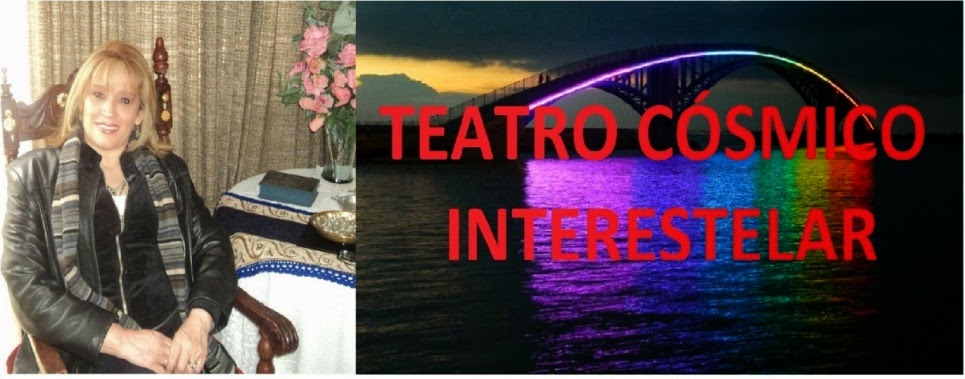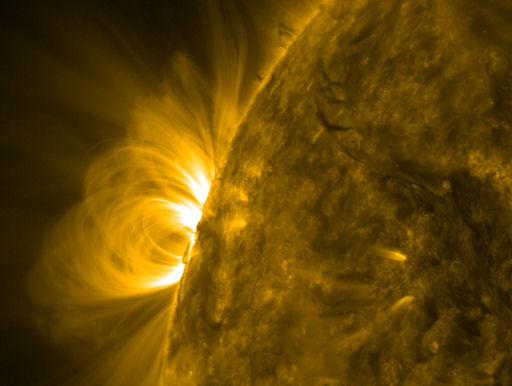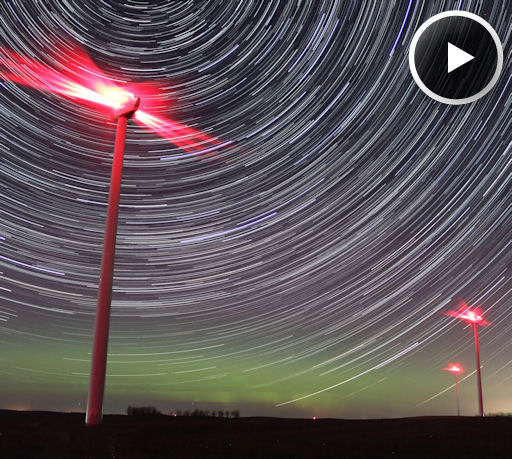Thursday, Mar. 29, 2012
|
||||
| What's up in space | ||||
IS
IT SNOWING MICROBES ON ENCELADUS?
As NASA's Cassini spacecraft completes its deepest-ever
pass through the plumes of Enceladus, researchers
are wondering if it might be snowing microbes there.
The idea is not so far-fetched as evidence mounts
for a "uniquely accessible" habitable
zone on Saturn's icy moon. [full
story]
RETURN
OF THE SUNSPOT: Sunspot AR1429,
the source of many strong
flares and geomagnetic storms earlier this month,
is about to re-appear following a two-week trip
around the backside of the sun. Magnetic loops towering
over the sun's NE limb herald the sunspot's approach:
Earlier today, NASA's Solar Dynamics
Observatory photographed plumes of plasma rising
and falling over the limb: movie.
Moreover, a pair of solar flares (C5-
and C7-class)
in the sunspot's towering magnetic canopy caused
waves
of ionization to ripple through the high atmosphere
over Europe. These events suggest the region is
still active. Stay tuned. Solar
flare alerts: text,
phone.
AURORA
SURPRISE: No one predicted this:
On March 27th, Northern Lights descended all the
way south to Nebraska. Click to view a movie of
the display, photographed by Chris Allington of
Crofton, NE:
"I certainly didn't expect to
see anything, but the
plots were interesting enough to get me out
investigating the northern sky with my camera,"
says Allington. "Suprisingly, around 9:30pm
local time I could see the color of auroras in the
viewfinder, so I decided to head to a wind farm
near my house. The display became much more vibrant
and lasted nearly 4 hours from 10pm to 2am. It's
not often that auroras are hardly in the forecast
and we see them as far south as NEBRASKA! "
What happened? The interplanetary
magnetic field (IMF)
tipped south and opened a
crack in Earth's magnetosphere. Solar wind poured
in to fuel the display. More high-latitude auroras
are possible tonight. NOAA forecasters estimate
a 30% chance of polar geomagnetic activity as the
solar wind continues to blow. Aurora
alerts: text,
phone.
more images: from
Nenne Åman of Arjeplog Northern Sweden; from
Randy Halverson of Kennebec, South Dakota; from
Paul Martin of Ballintoy Harbour, Antrim coast,
N.Ireland; from
Claus Vogel of Pelly Crossing, Yukon; from
David Done of Anzac, Alberta Canada; from
Ray Mckenzie of Saskatoon, Saskatchewan, Canada;
from
Dirk Obudzinski of Eagle Summit, Alaska; from
Adrian Maricic of Loch Leven, Fife Scotland;
from
Mark Shaw of Dungiven, Northern Ireland; from
Martin McKenna of Ballintoy Harbour, Co. Antrim
Coast, N. Ireland; from
Chris Allington of Crofton, Nebraska;
|




No hay comentarios:
Publicar un comentario